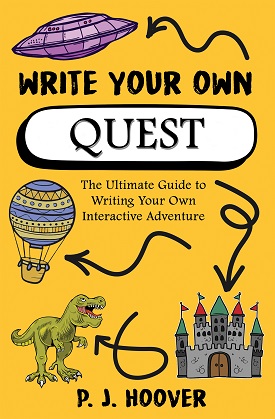GLOSSARY:
NAMES, PLACES, GODS, and THINGS from
TUT: THE STORY OF MY IMMORTAL LIFE
EGYPTIAN GODS:
SUMERIAN GODS:
PEOPLE:
PLACES:
THINGS:
- Ammut--crocodile goddess who devours unworthy hearts at the entrance to the Egyptian underworld
- Amun/Amun Ra--King of the Gods
- Anubis--jackal-headed god of the underworld
- Apep/Apophis--snake god who embodies chaos; Lord of Chaos; devours the sun each evening
- Bast--cat goddess
- Bes--god of luck
- Duamutef (Dua)--jackal-headed god; one of four sons of Horus; in mummification, protected the stomach
- Hapi--baboon-headed god; one of four sons of Horus; in mummification, protected the lungs
- Hathor--goddess of love
- Horus--son of Osiris and Isis; most often seen with a falcon head (but takes form of a cat in Tut: The Story of My Immortal Life); lost one eye in fight with his uncle Set
- Imsety--god (with a normal head); one of four sons of Horus; in mummification, protected the liver
- Isis--mother goddess; mother of Horus; wife of Osiris
- Khepri--dung beetle god who pushes the sun across the sky each day
- Maat--goddess of justice and truth; judges the dead at entrance to Egyptian underworld
- Nephthys--protective goddess of the dead; sister of Isis and Osiris; wife of Set; mother of Anubis
- Osiris--god of fertility, death, and the afterlife; carries a crook and flail; most often depicted green and partially mummified
- Qebehsenuef (Qeb)--falcon-headed god; one of four sons of Horus; in mummification, protected the intestines
- Ra--god of the sun
- Sekhmet--lion-headed goddess
- Set--god of chaos, storms, and infertility; brother and slayer of Osiris
- Thoth--god of writing, knowledge, and science; often has the head of an ibis
SUMERIAN GODS:
- Anu--King of the Gods
- Enlil--god of storms and wind
- Humbaba--monster from the Epic of Gilgamesh; Guardian of the Cedar Forest
- Igigi--lesser/younger gods of Mesopotamia
- Nergal--god of war and the sun
PEOPLE:
- Akhenaton--father of Tutankhamun; used to be known as Amenhotep IV; introduced monotheistic religion to Egypt which made him really unpopular
- Ay--advisor to Tutankhamun while he ruled Egypt; it is thought that Ay ruled Egypt after King Tut
- Enkidu--best friend of Gilgamesh back in ancient Sumer
- Gilgamesh (Gil)--former Sumerian king
- Horemheb--commander in chief of the Egyptian army during Tutankhamun's reign; advisor to Tutankhamun
- Howard Carter--English archaeologist who discovered King Tut's tomb in 1922
- Smenkhkare (Smenk)--older brother of Tutankhamun
- Tutankhamun (King Tut)--Egyptian pharaoh; often called the Boy King since he took the throne when he was only nine.
PLACES:
- Fields of the Blessed--equivalent of heaven in the Egyptian afterlife
- Valley of the Kings--valley in Egypt where over sixty tombs have been discovered, many of these for pharaohs of the Egyptian New Kingdom
THINGS:
- Ankh--ancient Egyptian symbol which represents eternal life
- Book of the Dead--ancient Egyptian funerary text containing spells to assist a dead person on their journey through the underworld and into the afterlife
- Canopic jars--jars used during mummification to hold the liver, lungs, stomach, and intestines
- Eye of Horus--ancient Egyptian symbol of protection, good health, and power
- Sarcophagus--a funeral box, often carved of stone, which formed the outer layer of protection for a mummy
- Shabti--small figures which were placed in tombs to act as servants for the dead person in the afterlife
- Sun Disk of Ra--headdress worn by the god Ra
- Tiet--ancient Egyptian symbol; often called "Knot of Isis"











